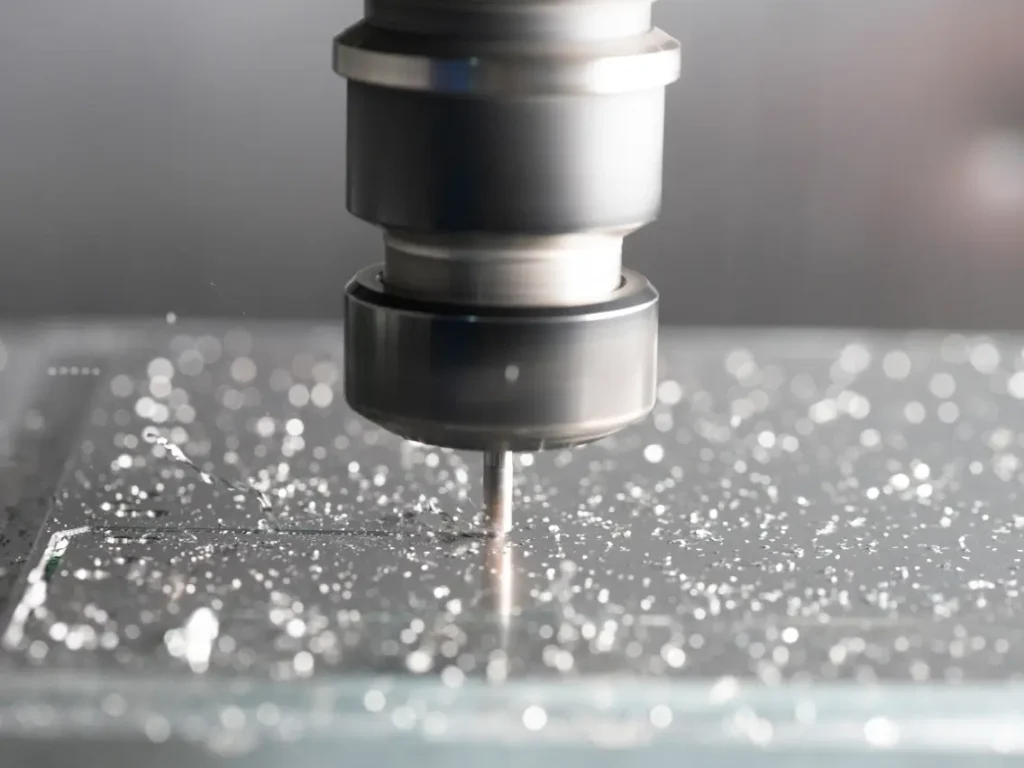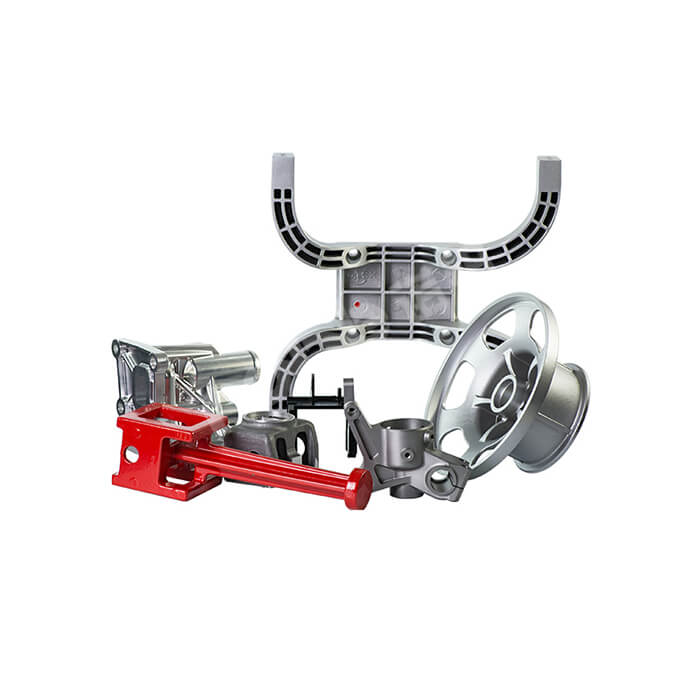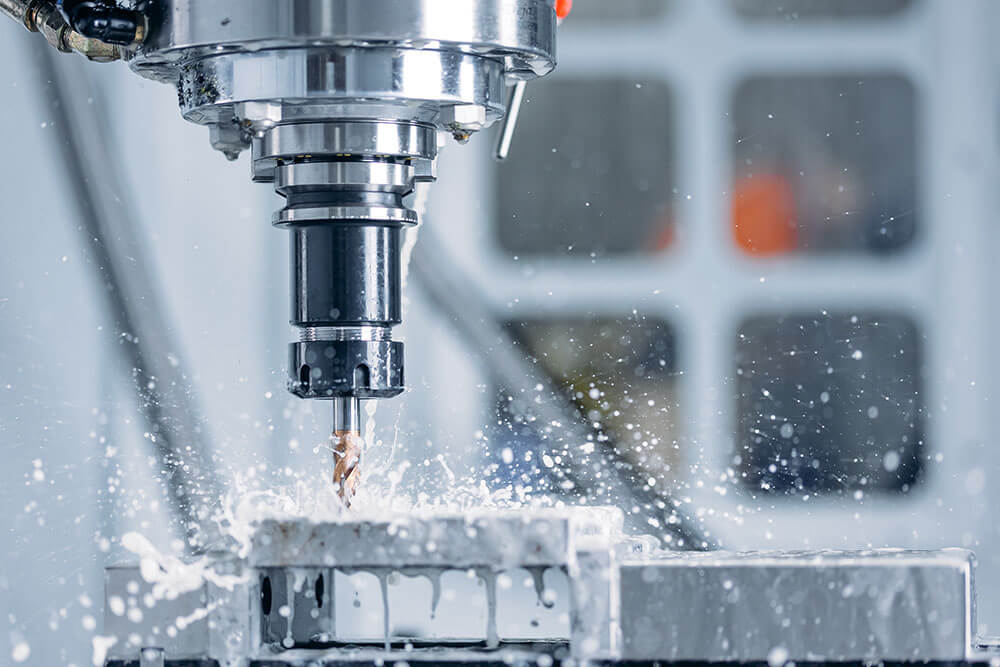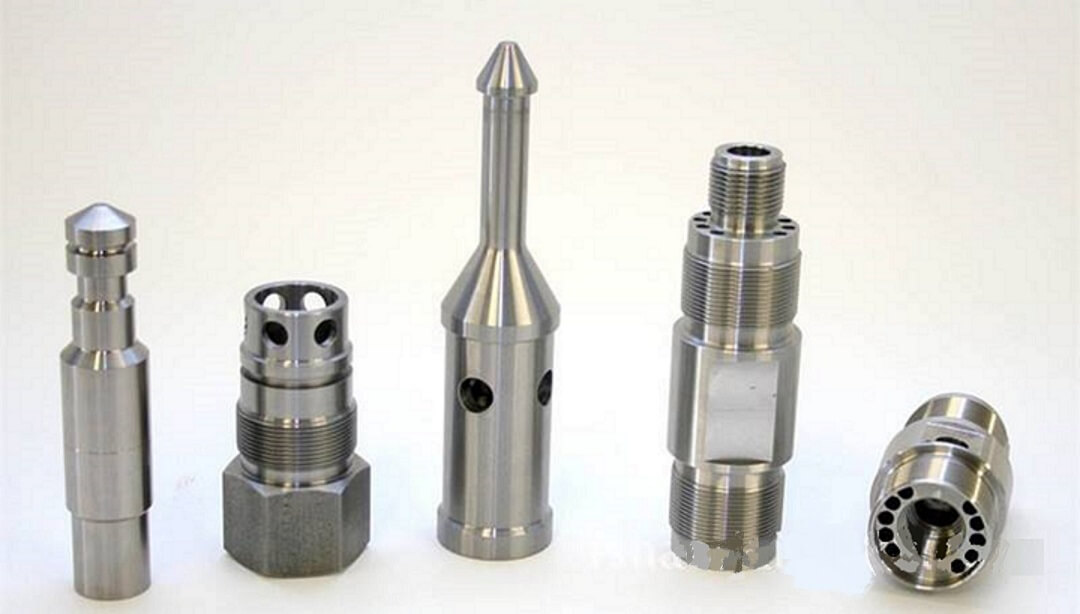Introduction to Low-Volume CNC Machining
Low-volume CNC machining is a manufacturing process that uses computer numerical control (CNC) machines to produce small quantities of parts or assemblies. This method is particularly useful for companies that need a limited number of parts, prototypes, or custom products. Milan Machining & Manufacturing Co Inc can perform break-down work, small batches, or production runs.
In this article, we’ll explore the benefits of low-volume CNC machining and provide some design tips to help you optimize your manufacturing process.
One of the main advantages of low-volume CNC machining is its cost-effectiveness. Traditional manufacturing methods, such as injection molding or die casting, often require expensive tooling and setup costs. These costs can be prohibitive for small businesses or startups that do not have the financial resources to invest in large-scale production. Low-volume CNC machining, on the other hand, allows for the production of small quantities of parts without the need for expensive tooling. This makes it an affordable option for companies that need to produce a limited number of parts or prototypes.

Another benefit of low-volume CNC machining is its flexibility. CNC machines are capable of producing complex shapes and intricate designs with high precision. This means that you can create custom-made parts or prototypes that meet your specific requirements. Whether you need a unique component for a new product or a prototype to test the functionality of your design, low-volume CNC machining can help you bring your ideas to life.
When designing parts for low-volume CNC machining, there are a few tips that can help you optimize the manufacturing process. First, it is important to consider the material selection. Different materials have different machining properties, and choosing the right material can greatly impact the quality and cost of the final product. For example, aluminum is a popular choice for low-volume CNC machining due to its lightweight and excellent machinability. However, if you require a part with high strength or heat resistance, you may need to consider other materials such as steel or titanium.

In addition to material selection, it is also important to consider designing for manufacturability. This means designing parts that are easy to machine and assemble, avoid complex geometries or sharp corners and help reduce machining time and costs. It is also important to consider the tolerances and surface finish required of the part. While CNC machines are capable of high precision, tighter tolerances or finer surface finishes may require additional machining operations, which increases cost and lead time.
Furthermore, it is crucial to communicate effectively with your CNC machining service provider. Providing clear and detailed specifications, including material requirements, tolerances, and surface finishes, can help ensure that your parts are manufactured to your exact specifications. Regular communication throughout the manufacturing process can also help address any issues or concerns that may arise, ensuring that the final product meets your expectations.

In conclusion, low-volume CNC machining offers several benefits for companies that require a limited quantity of parts or prototypes. Its cost-effectiveness and flexibility make it an attractive option for small businesses or startups. By considering material selection, design for manufacturability, and effective communication with your CNC machining service provider, you can optimize the manufacturing process and achieve high-quality parts that meet your specific requirements.
